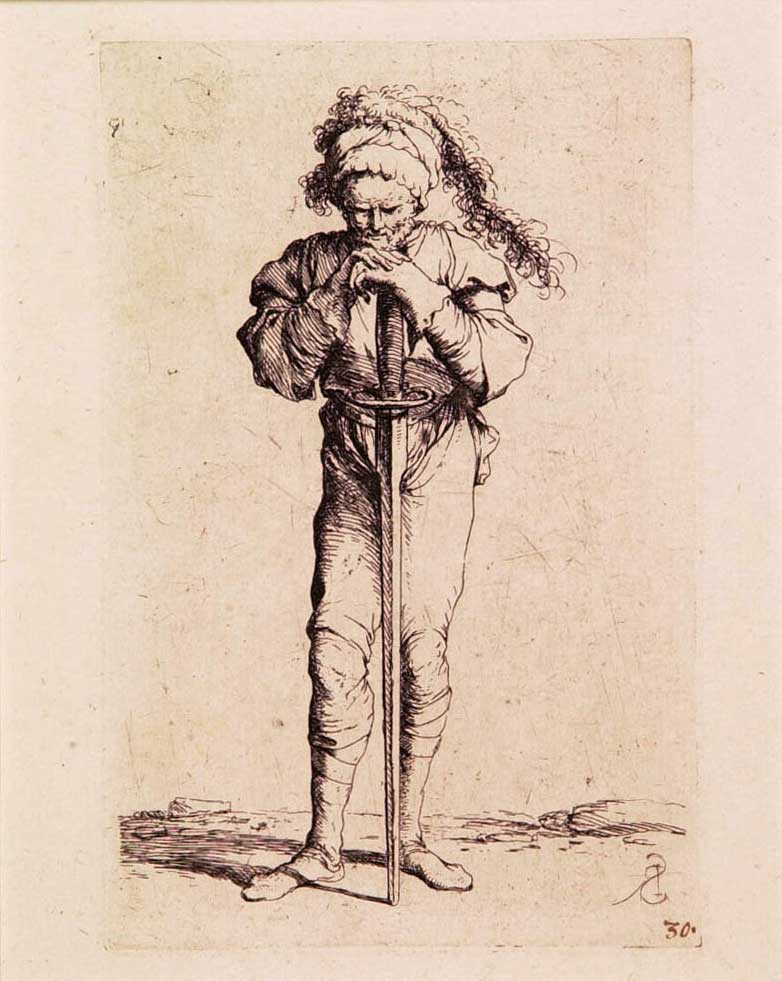The Human Body
The human body—naked, clothed or partially clothed—is still the bedrock of much artistic endeavor, and to portray the human figure expressively has always been considered one of the highest goals of art.
Admiration for the human body as a thing of beauty came into its own during the Italian Renaissance of the 15th and 16th centuries, encouraged by a more scholarly study of classical antiquity and especially classical sculpture. Artists took great trouble in rendering the human form since it was on this that their competence would be chiefly assessed. Thus the finished product in a painting would be preceded by many preparatory studies—a number of these are included in this rotation—to work out poses and details.
The human figure was also a favorite subject of printmakers, who working in a cheaper, more reproducible medium than painting, were able to reach a far wider audience to demonstrate their expressive powers and virtuosity.
This rotation includes many prints from the 16th century, when the artistic attraction of the human figure had a novelty and freshness that even today evoke a sense of discovery and expansion of the boundaries and possibilities of art.
